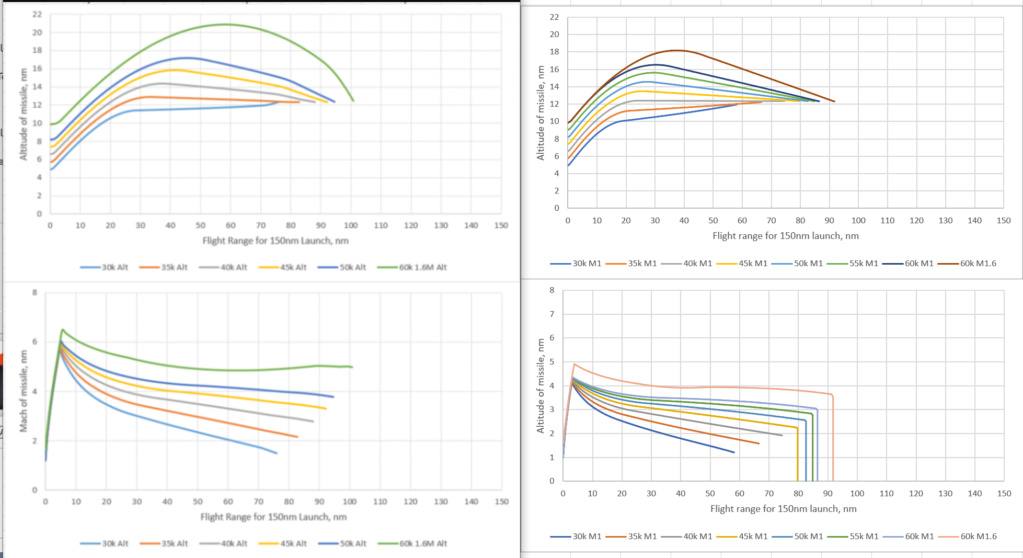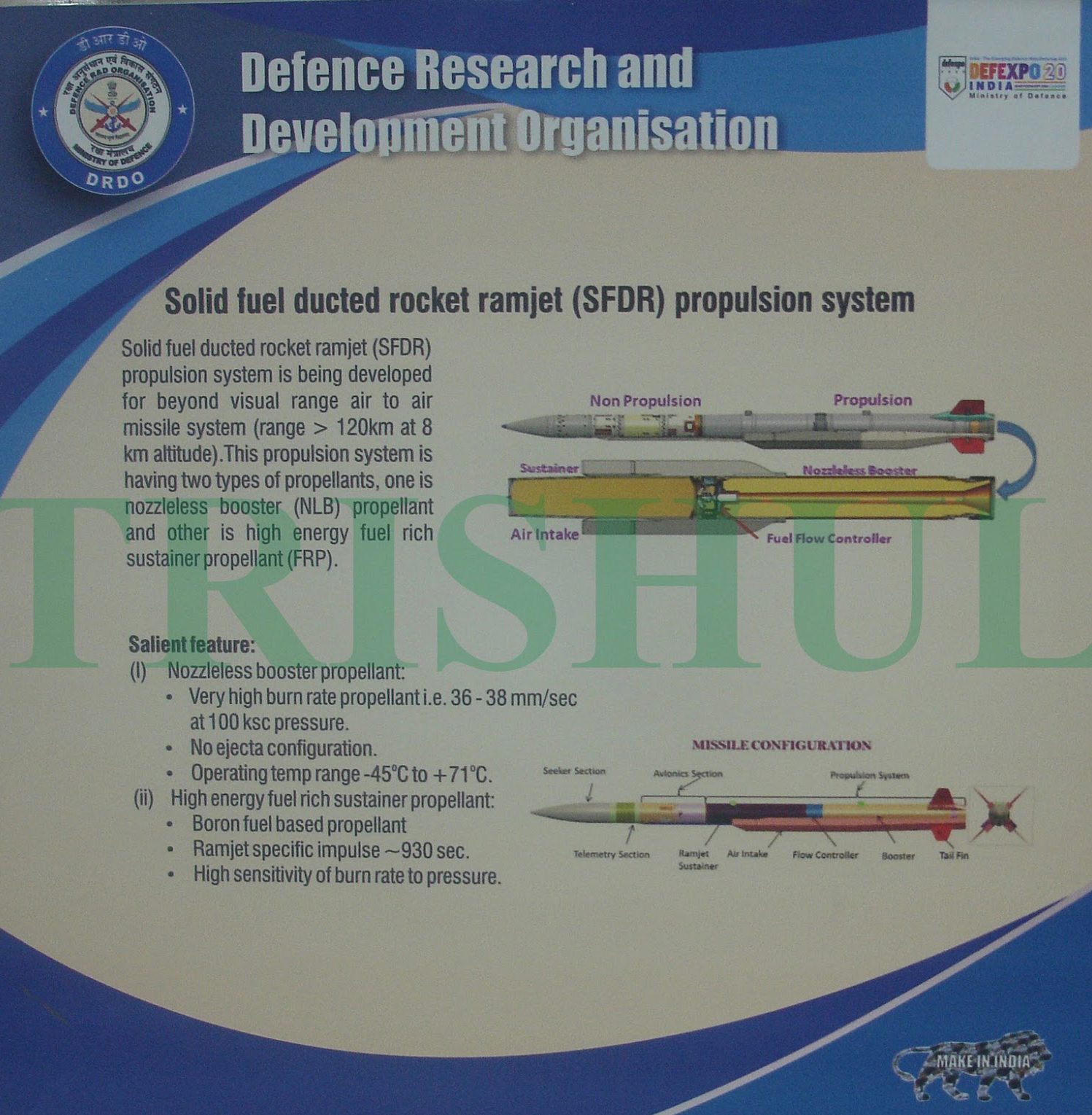GarryB wrote:I would think long range missiles would be more effective against lower altitude targets and with tiny control surfaces at very high speed their ability to turn would be improved at lower altitudes, and also coasting along at high altitude lofted trajectories means at the terminal end of the engagement a high altitude target would mean less energy for the missile compared with a high speed diving attack on a target at lower altitudes.
Yes, it is a bit counter-intuitive, but once the missile is coasting the key is drag. From the simulations and analysis that I have seen, in a long shot the missile benefits most from rarefied air, even when it is detrimental to manoeuvring. The reason is as exposed before, that the faster the missile is, the less it needs to turn (in angular terms) and also, the bigger the lift it creates. When the missile dives into dense air, the drag increases massively and the speed normally decreases or can be kept but only with pronounced dive angles. I even saw a simulation where a R-37M lost energy so fast when diving that it simply missed against a fighter-type target that was perfectly within range. This effect increases non-linearly with the reduction in altitude, accordingly to non linear increase in air density.
Ironically I think the lattice fins make more sense with the R-77M than they do with the R-77PD because the PD should still have its motor running during the interception of the target where it might have turned the motor off while coasting to a long range target but still restart the motor for the terminal phase
To an extent yes, because with normal rocket engines the missile receives a boost that increases explosively its speed and therefore a lot of energy is bled through drag early on, while ducted rocket ones like Meteor have way longer burn at lower speeds, which is optimal for energy preservation. This is partially compensated with newer dual-thrust rocket engines (dual-pulse is not so precise a term) with a fast and strong burn followed by a long and soft one, which is very good for range.
In any case, the lattice creates a drag during all the flight of the missile, only to be used in the end game. That is not the best for a long-ranged missile, be it a conventional rocket or ramjet. In fact, the longer the range of the missile, the more energy is bled through such aero arrangements, working against the very logic of using a ramjet engine.
... but while grid fins offer all sorts of advantages like harder turns with less risk of the surfaces stalling and more turning force to allow tighter harder turns... I would expect a ramjet powered missile would also have some form of thrust vectoring nozzle so manouvering hard should not be any real issue and of course because it would use thrust based manouvering then the control surfaces should be minimised to reduce drag and just use fine trimming adjustments of the exhaust nozzle to minimise body drag in the cruise phase to get to the target.
If hard turning was so critical they should maybe take a look at the 9M96 and adapt it for the fighters, even the small version would see its range multiplied once launched from a fighter, and with its gas-dynamic manoeuvring it should be the best, even when admittedly expensive. At 4.5 m, it should be possible to adapt it even for the bays of the Su-57. But as said, the best aid for hitting the target is speed. Short range missiles need very hard turning, because they are comparatively slow (delta to speed of the target is much smaller than in the case of a MRAAM) and traditionally cannot do proper lead pursuit but simply chase the target. Maybe that, together with the probably not-so-impressive thrust available after a long shot, is the reason why they have TVC while Meteor for instance doesn't have it.
From the Russian side we have seen already the following:
- Reports that K-77M abandons lattice fins
- A patent drawing of fins for a R-77-alike missile with a split-fin configuration (should help prevent stall even with big deviations of the control surface, while being much more aerodynamic than the lattice)

As far as I can tell the only reason to stop its development just when it is ready to go is that they realise that with new materials and perhaps new passive sensors and new types of propulsion, that a missile that would not cost much more to make but with an order of magnitude better performance could be made instead... and for all we know it might not just be IIR seeker... it might be some from of photonic radar that is not effected by plasma forming around the nose of the missile...
It would need to be a very good reason...
I don't know, there can be all kind of reasons for this, even very mundane ones

Does it need to be cold?
If it is too hot, it can prevent the seeker from seeing the target.
There is no reason why the IIR aperture needs to be on the tip of the nose... it could be located further back and perhaps split into four array sensors offering 180 degree forward views so it can look for targets on the way... passively... a tiny computer with the power of a modern cell phone could use a built in IR signature data base of 3D shapes to identify most military targets and threats....
Yes, in the Kinzhal we see the apertures away from the nose tip, where there are spots of zero airspeed that create overheating. But this is a missile against ground/surface targets, in an AAM a solution like the one you propose would be necessary and I think that would be difficult and expensive.













